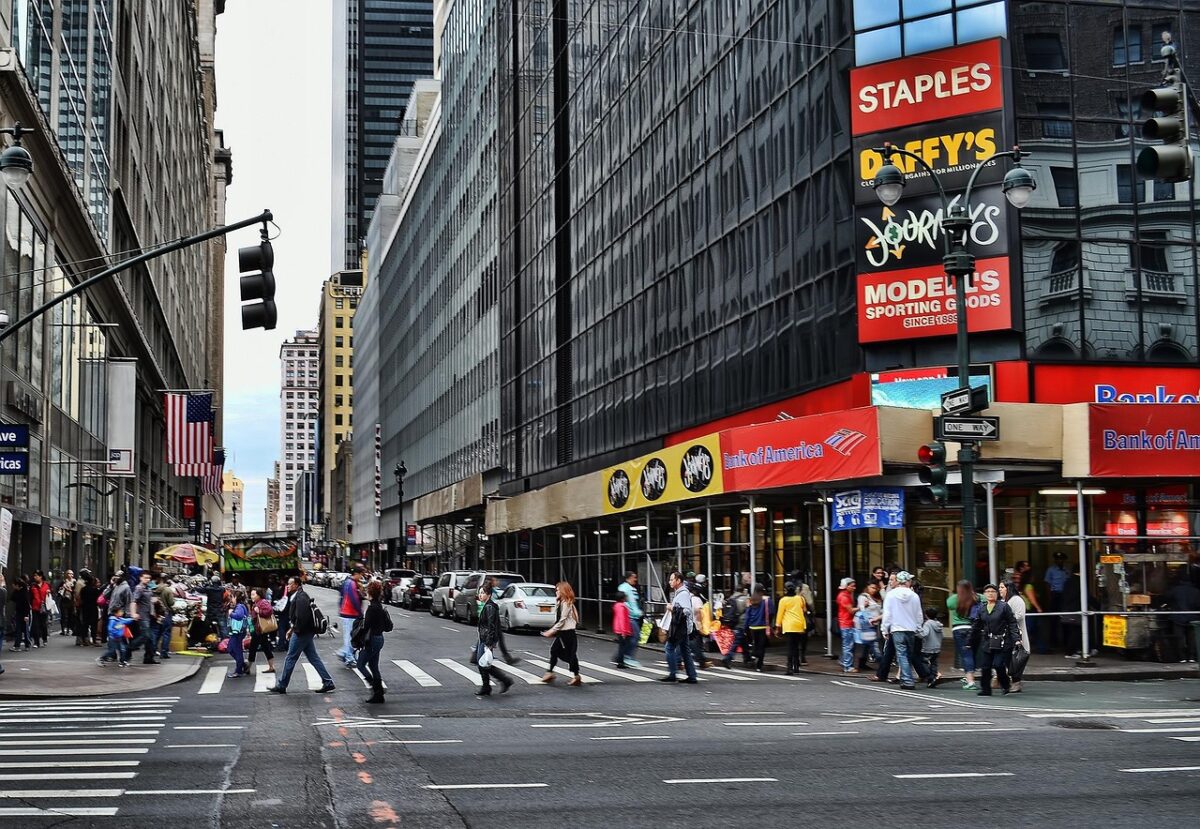
Every journey holds a moment worth remembering. Still, many travelers feel that their stories lose their emotional impact once they return home. A photograph can show where you were, but not how it felt. The secret to keeping memories alive lies in how they are shared and expressed.
Whether it’s walking through the streets of New York or watching the sunset on a quiet beach, every place offers its own heartbeat. Travel is not just about new places but about perspective. The joy of a quiet morning, a meal with locals, or a random conversation can become unforgettable when shared with meaning.
This guide explores simple, creative ways to bring those experiences to life. Through the right balance of visuals, emotion, and intention, you can turn even a simple trip into something others can feel. It’s not about perfection, but presence.
1. Find the Story Behind Each Destination
Every destination has more than what guidebooks describe. The real story hides in the reason you connected with it. Perhaps it was a place that surprised, challenged, or taught you something new. Before sharing, think about what made that experience stand out.
Try to capture the emotion rather than the view. Instead of saying, “The skyline was beautiful,” describe the quiet hum of the city at night, the glow of lights reflecting on the Hudson, and the calm that comes from standing above the noise on a rooftop. Those personal touches make your story more engaging. Readers don’t want a list of stops. They want to feel what it meant to be there and why it mattered.
2. Capture More Than Just Landscapes
Travel stories shine when they include life beyond scenery. While a mountain or beach is stunning, it’s the small moments that make it truly memorable. Record the sounds, gestures, or laughter that define a place. These fragments bring emotion back when you look at them later.
Even a single afternoon in NY can hold dozens of untold stories — the energy, the rhythm, the way strangers move together yet live separate lives. You can also make a quick note or voice recording about how something made you feel. For example, describe the smell of local food, the rhythm of a busy street, or the silence of a temple. These small details give your memories color and depth. When you revisit them, they instantly bring the place back to life, even years later.
3. Edit with Emotion in Mind
After capturing all those vivid moments, the next step is bringing them together with purpose. Editing determines how your story feels — whether it’s calm, exciting, or nostalgic. Every transition, cut, and sound sets the rhythm of your journey.
That’s why it’s helpful to seek expert guidance when refining your videos. As the experts at Adorama explain, learning even a few video editing tips can help transform ordinary travel clips into cinematic memories. It’s not about adding filters or flashy effects but about finding the right flow. Smooth pacing, natural sound, and simple cuts can turn scattered moments into one seamless story.
Good editing brings emotion forward. It lets viewers feel what you felt — the rush of a city street, the quiet of a sunrise, or the laughter from new friends. When done thoughtfully, editing becomes the heart of the storytelling process.
4. Keep It Authentic
Perfection doesn’t always connect. Some of the most genuine memories come from the moments that didn’t go as planned. A missed bus, an unexpected storm, or getting lost in narrow streets can become the most memorable part of a trip. Those moments show the human side of travel.
Getting lost in New York, for instance, can lead you to hidden corners, street art, or conversations that ultimately become the best parts of your journey. When sharing, avoid polishing every detail.
Let people see the small surprises that shaped your experience. Instead of hiding flaws, highlight them as part of the adventure. Authentic stories are the ones people relate to most. They remind others that travel is real, imperfect, and full of unexpected beauty.
5. Let Music and Sound Guide the Mood
Sound can do what visuals cannot. The right tune or ambient noise sets the tone for your story. Matching audio to your experience can completely change how it feels. Use soft background music for peaceful views or lively beats for urban energy.
Natural sound can be just as powerful. The crash of waves, the chatter in a market, or the hum of city traffic adds realism to your story. Try to capture a few sound clips during your trip. Later, they will help you build a more immersive story. When others can hear what you heard, they can almost step into your journey themselves.
6. Share Highlights, Not Everything
You don’t need to post every frame you capture. Choosing a few strong moments often leaves a stronger impact than flooding feeds with dozens of similar shots. Quality storytelling lies in selection, not volume.
When editing, ask yourself what message each clip or photo gives. Does it convey something new, or simply repeat what you have already shared? Keep the parts that evoke emotion or meaning.
Your story should move smoothly from one scene to another, without noise or distraction. Sharing thoughtfully helps your audience stay connected and remember what truly matters.
Conclusion
Every traveler carries a story that deserves to be shared. The way you tell it shapes how it’s remembered. Focus on emotion, sound, and authenticity rather than perfection. Through thoughtful storytelling and simple creative steps, your experiences can touch others deeply. The best stories don’t rely on perfect shots. They live in the feelings that return each time you relive the journey.
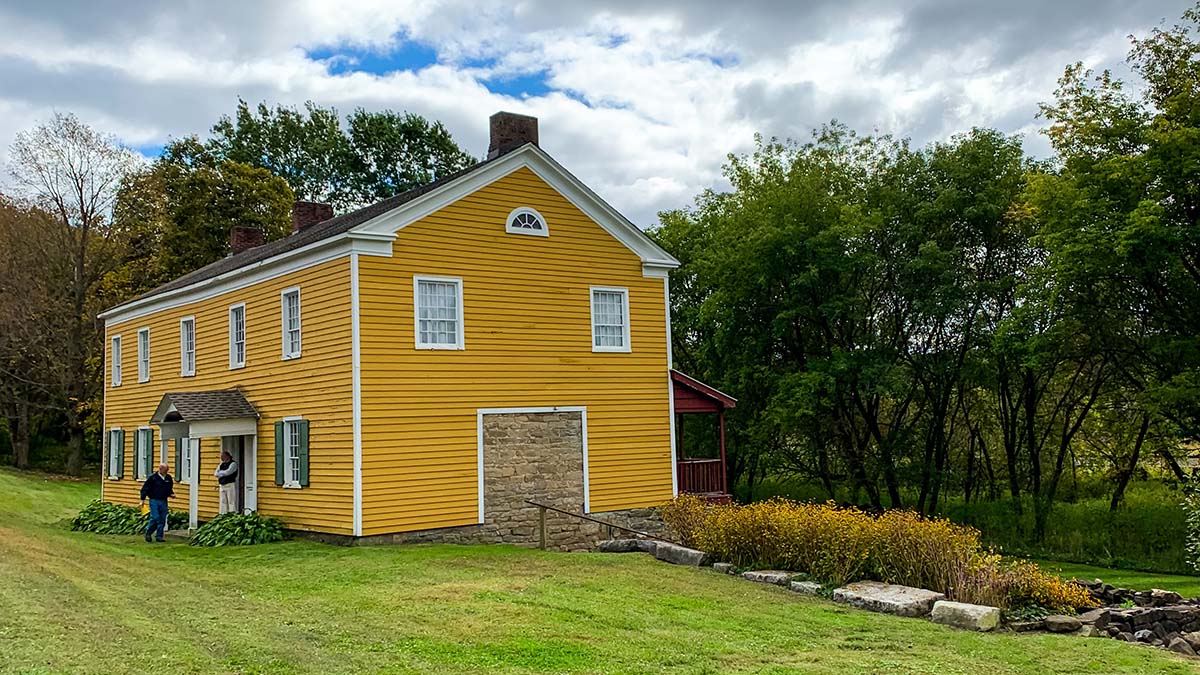

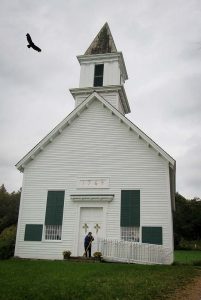
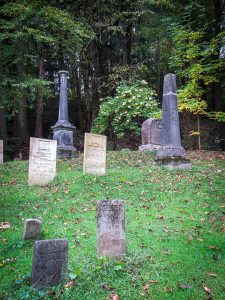

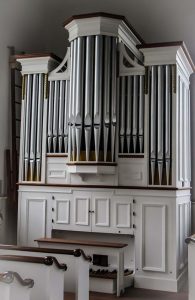


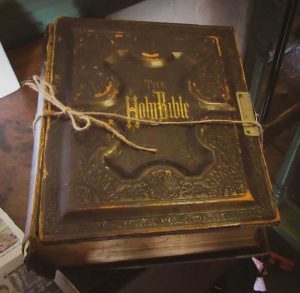

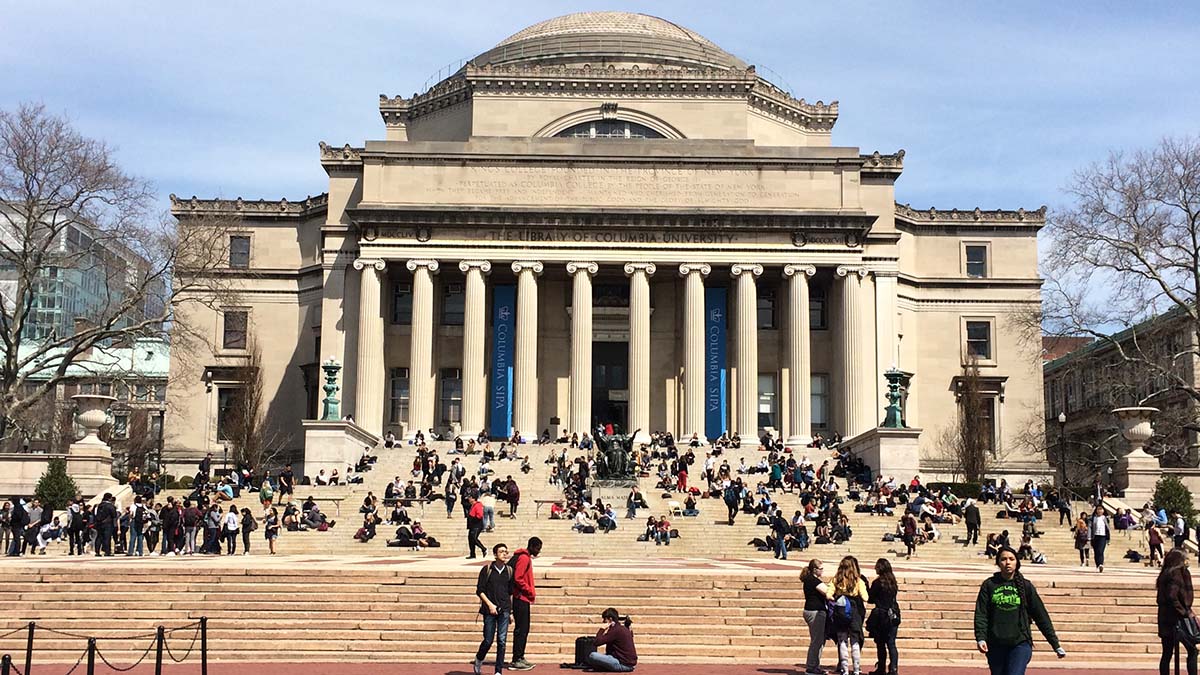
 But then, just a few miles north of the bustling clamor of Times Square, one can enter a very different world of relative quietness and calm. This is the neighborhood known as Morningside Heights, home to several excellent educational institutions and also a few other points of interest. The area begins from 110th Street in the south, ends at 125th Street to the north and is bookended by the Riverside and Morningside parks.
But then, just a few miles north of the bustling clamor of Times Square, one can enter a very different world of relative quietness and calm. This is the neighborhood known as Morningside Heights, home to several excellent educational institutions and also a few other points of interest. The area begins from 110th Street in the south, ends at 125th Street to the north and is bookended by the Riverside and Morningside parks.

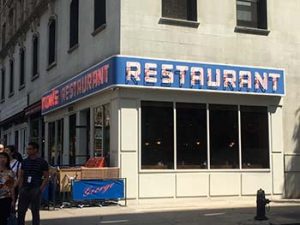


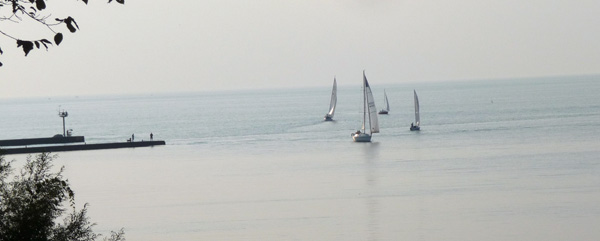
 Back in the early 1900’s, Olcott Beach was a resort area. When a trolley line was put in place between the towns of Lockport and Olcott in 1900, summer visitors flocked to the beach to enjoy the cool breezes of Lake Ontario and entertainment. Also vacationers arrived by steamship. During the early years of the 1900’s, over 100,000 tourists arrived yearly.
Back in the early 1900’s, Olcott Beach was a resort area. When a trolley line was put in place between the towns of Lockport and Olcott in 1900, summer visitors flocked to the beach to enjoy the cool breezes of Lake Ontario and entertainment. Also vacationers arrived by steamship. During the early years of the 1900’s, over 100,000 tourists arrived yearly.
 When we parked near the shops, we immediately heard the “oom-pa-pa” of a carousel’s Wurlizer Band organ. The Olcott Beach Carousel Park was developed in 2003-2004 by local volunteers who raised funds for building a vintage amusement park.. It features an old time Herschell-Spillman two-row carousel and a few other kiddie rides for only 25 cents a ride! They can do this because the park is staffed by volunteers and is incorporated as a nonprofit organization. When you enter this quaint park you feel like you are going back in time to around 1945.
When we parked near the shops, we immediately heard the “oom-pa-pa” of a carousel’s Wurlizer Band organ. The Olcott Beach Carousel Park was developed in 2003-2004 by local volunteers who raised funds for building a vintage amusement park.. It features an old time Herschell-Spillman two-row carousel and a few other kiddie rides for only 25 cents a ride! They can do this because the park is staffed by volunteers and is incorporated as a nonprofit organization. When you enter this quaint park you feel like you are going back in time to around 1945. After a stroll through the mini-boardwalk and the park, we went around the corner to eat at the Mariner’s Landing restaurant. We chose to eat inside due to the heat that evening. But we could have eaten on an outdoor upper deck which offers a stunning view of Lake Ontario and nearby Krull Park. The inside was filled with nautical decor, especially on an upper ledge that ran all the way around the dining room. It was filled with models of ships, lighthouses, sea captains, and other knick-knacks. They were fascinating to look at.
After a stroll through the mini-boardwalk and the park, we went around the corner to eat at the Mariner’s Landing restaurant. We chose to eat inside due to the heat that evening. But we could have eaten on an outdoor upper deck which offers a stunning view of Lake Ontario and nearby Krull Park. The inside was filled with nautical decor, especially on an upper ledge that ran all the way around the dining room. It was filled with models of ships, lighthouses, sea captains, and other knick-knacks. They were fascinating to look at. After our meal we needed to walk off some calories and wandered across the narrow street into the beautiful 325-acre Krull Park. The park overlooks the lake in the area where the old Grand Hotel once stood. We didn’t go down the steep stone step pathway to the beach below where the swimming area is, but enjoyed the view from above. The park is pleasantly arranged with benches, picnic areas, and pavilions. We heard that over the summer several festivals take place at the park. Across Main St. is another section of the park. In a drive-by, we could see busy recreation fields and courts that were full of kids playing sports, along with spectators. A cheerleading squad was practicing within sight of the street also.
After our meal we needed to walk off some calories and wandered across the narrow street into the beautiful 325-acre Krull Park. The park overlooks the lake in the area where the old Grand Hotel once stood. We didn’t go down the steep stone step pathway to the beach below where the swimming area is, but enjoyed the view from above. The park is pleasantly arranged with benches, picnic areas, and pavilions. We heard that over the summer several festivals take place at the park. Across Main St. is another section of the park. In a drive-by, we could see busy recreation fields and courts that were full of kids playing sports, along with spectators. A cheerleading squad was practicing within sight of the street also.

 Built in 1870 by John Morrissey, a famed boxer and member of the notorious Tammany Hall crew, the Casino was first known as the Saratoga Club House and there were three rules strictly adhered to while it was in business. No ladies, only cash transactions and no locals allowed.
Built in 1870 by John Morrissey, a famed boxer and member of the notorious Tammany Hall crew, the Casino was first known as the Saratoga Club House and there were three rules strictly adhered to while it was in business. No ladies, only cash transactions and no locals allowed. John Morrissey passed away in 1878 and the Club House fell into a state of decline until 1893. when Mr. Richard Canfield purchased it. Although he’d decided to keep the name of the Club House intact, it was the public that dubbed it ‘Canfield Casino’ and it stuck. Nearly $1 million was devoted to renovations, with a stunning grand ballroom added. This room had vaulted ceilings, colorful Tiffany stained-glass windows and over-the-top chandeliers, which added to the air of splendor Canfield was aiming for.
John Morrissey passed away in 1878 and the Club House fell into a state of decline until 1893. when Mr. Richard Canfield purchased it. Although he’d decided to keep the name of the Club House intact, it was the public that dubbed it ‘Canfield Casino’ and it stuck. Nearly $1 million was devoted to renovations, with a stunning grand ballroom added. This room had vaulted ceilings, colorful Tiffany stained-glass windows and over-the-top chandeliers, which added to the air of splendor Canfield was aiming for. Downstairs, gamblers could begin with $1 dollar bets. Upstairs, the stakes were much higher, oftentimes as high as $100,000. Only the most elite, arriving from all over the country, walked up the long staircase to play there.
Downstairs, gamblers could begin with $1 dollar bets. Upstairs, the stakes were much higher, oftentimes as high as $100,000. Only the most elite, arriving from all over the country, walked up the long staircase to play there.
 High stakes gaming tables stand among heavy sculptures and dark wood fireplaces. Long, heavy brocade drapes hang from windows that let natural light seep in, lending an air of mystery to the parlor.
High stakes gaming tables stand among heavy sculptures and dark wood fireplaces. Long, heavy brocade drapes hang from windows that let natural light seep in, lending an air of mystery to the parlor. Even the well known SyFy channel had their ‘Ghost Hunter’ cast visit the museum. Ghostly voices and paranormal activities were made known during the time that the crew was there.
Even the well known SyFy channel had their ‘Ghost Hunter’ cast visit the museum. Ghostly voices and paranormal activities were made known during the time that the crew was there.


